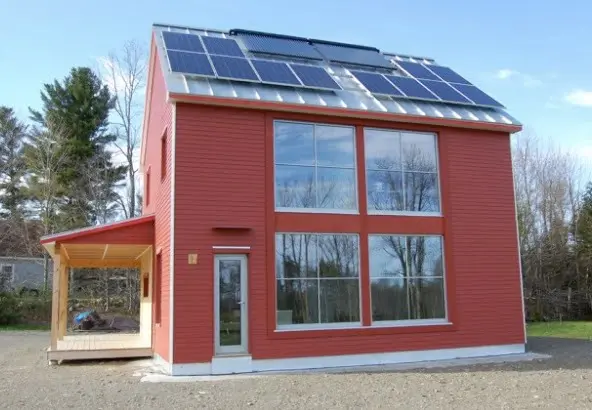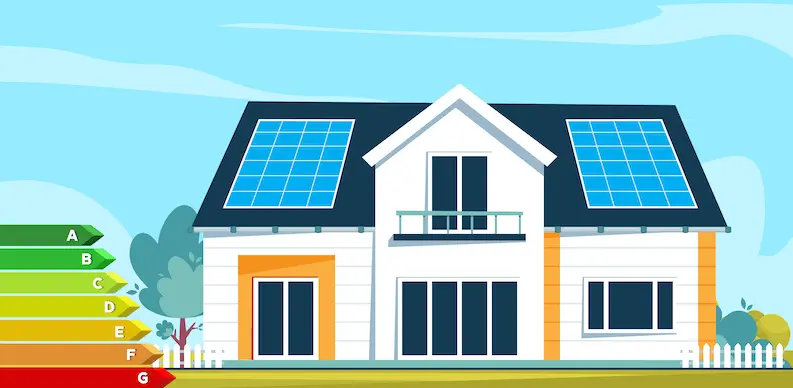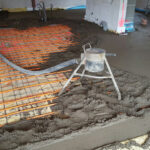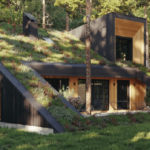Passive houses represent an innovative direction in construction, focused on maximum energy saving and comfortable living. An important part of such houses are PVC windows, which play a decisive role in ensuring optimal thermal insulation characteristics and natural light. In this article, we’ll look at why energy-efficient windows are so important for Passive Houses and what technologies and materials contribute to achieving outstanding efficiency.
- Principles of Passive House Construction
Passive house building is based on several key principles:
- Optimal thermal insulation: To reduce heat loss, walls, roofs, and, of course, windows must be highly effective insulators.
- Heat recovery ventilation: A heat recovery ventilation system allows waste heat to be used to preheat incoming air.
- Solar Energy Optimization: Windows should be designed to maximize solar energy to naturally heat the space.
- Windows for passive houses
2.1 High performance double glazed windows
The basis of energy-efficient windows for passive houses is high-performance double-glazed windows. They consist of several layers of glass, separated by gas layers, and coated with a low-emissivity ( Low-E ) coating. This allows you to reduce heat loss and reduce overheating of the room in summer.
2.2 Insulated frames
Window frames also play an important role. Passive houses use insulated frames, which provide low thermal conductivity and minimize heat loss through the frames.
2.3 Efficient fittings
Window fittings must provide a reliable seal to prevent drafts and air leaks. This also helps maintain a comfortable microclimate inside the house.

- Optimal window placement
In passive houses, the location of windows plays an important role. Windows should be placed to maximize solar energy for natural heating in winter and minimize direct solar exposure in summer. This is achieved through analysis of solar trajectories and proper design.
- automation and control
To maximize the efficiency of passive houses, windows can be equipped with automatic control systems. They can adjust the opening and closing of windows based on external conditions, temperature, and solar activity levels.
conclusions
Energy-efficient windows play an important role in creating passive houses that provide maximum energy savings and comfortable living. High-performance double-glazed windows, insulated frames, efficient fittings, and optimal window placement are all important components of passive housing construction. Automation and control allow for even greater efficiency. In the future, the development of new materials and technologies will continue to improve passive house windows, making them even more efficient and resistant to climate change.



